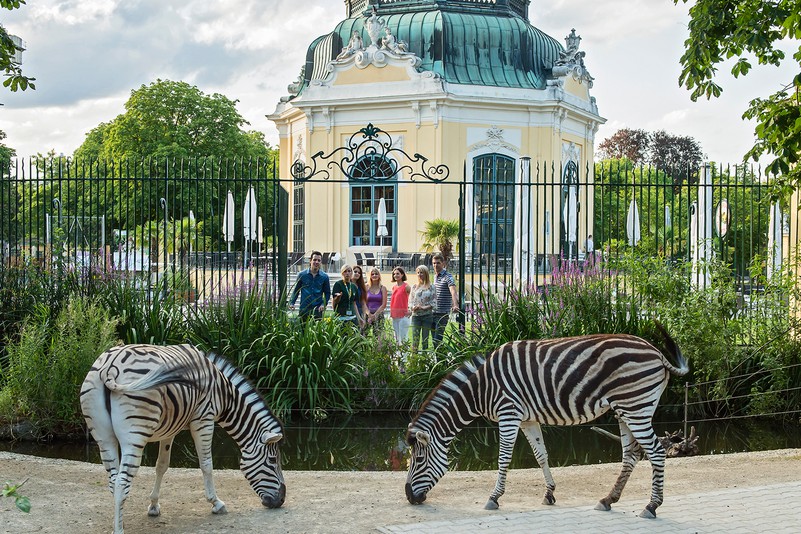The world’s first zoo – Tiergarten Schönbrunn
When we think of Vienna, images of majestic palaces, classical music, and rich history come to mind. Adding to its list of firsts, Vienna is also home to the world’s oldest zoo, the Tiergarten Schönbrunn. Founded in 1752, it holds a special place in the annals of animal care and conservation. But why was the first zoo in the world founded in Vienna? Let’s delve into the historical context and motivations behind this pioneering institution.

The Habsburgs and Their Love for Exotic Animals
The establishment of the Tiergarten Schönbrunn was closely tied to the Habsburg monarchy, specifically to Emperor Francis I, husband of Maria Theresa. The Habsburgs, like many royal families of the time, had a keen interest in exotic animals. These creatures were seen as symbols of power and prestige, reflecting the wealth and reach of an empire.
A Royal Menagerie as a Symbol of Power
The Tiergarten Schönbrunn originally started as a royal menagerie. It was a way for Emperor Francis I to showcase his wealth, power, and influence. Exotic animals from different parts of the world were collected, not only for the personal amusement of the royal family but also to demonstrate their connections across continents. In an era of expanding global empires, possessing a diverse collection of exotic wildlife was a tangible symbol of an empire’s reach and capabilities.
The Enlightenment and Scientific Curiosity
The 18th century, when the Tiergarten Schönbrunn was founded, was also the Age of Enlightenment. This period was marked by a burgeoning interest in science, nature, and education. The Habsburgs, influenced by Enlightenment thinking, saw the establishment of a zoo as an opportunity to contribute to the scientific and natural study of animals. It provided a place where animals could be observed, studied, and understood in ways that were not possible before.
Accessibility to the Public
While the Tiergarten initially served the royal family, it was opened to the public in 1779, a significant move for the time. This decision reflects the Enlightenment ideals of education and public access to knowledge. Opening the zoo to the public allowed people to see and learn about animals they might never have encountered otherwise, fostering a broader understanding of the natural world.
The Evolution of Animal Care
Over time, the Tiergarten Schönbrunn evolved from a royal menagerie into a modern zoo. Emphasis shifted from merely showcasing animals to focusing on their welfare, conservation, and education. This shift reflects broader changes in societal attitudes towards animal care and conservation.
Visit the first zoo in the world – Tiergarten Schönbrunn
The founding of the world’s first zoo in Vienna was not a mere coincidence but a result of a confluence of factors – the Habsburg monarchy’s interests, the spirit of the Enlightenment, and evolving attitudes towards animal care and conservation. The Tiergarten Schönbrunn stands today not only as a historical landmark but as a testament to Vienna’s role in the evolving relationship between humans and the animal world. It symbolises a journey from the display of power and prestige to a commitment to education, conservation, and understanding of the natural world.

